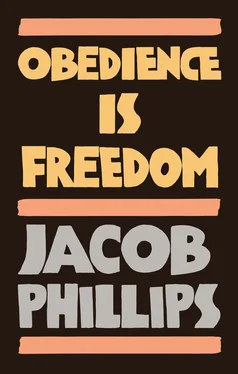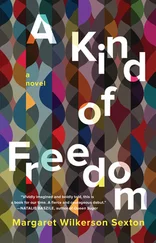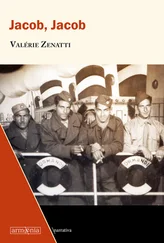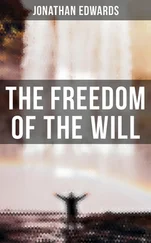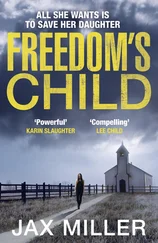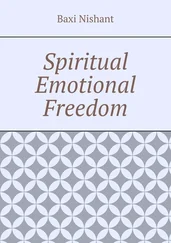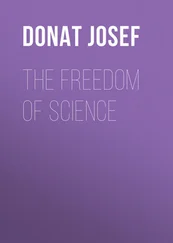The women had phone networks on 24-hour alert all around the surrounding counties and would mount spontaneous blockades and sit-ins on the country lanes to stop these manoeuvres. These blockades developed into liturgies with regular features; sometimes the lighting of flares or the smearing of mud on the trucks’ windscreens while the convoy waited for police to clear the roads. Often, the operation would be aborted and the missiles sent back in retreat. Returning to the Common, the ancient role of Greenham would then recommence. This was always a site of both exit and return; a place from which people could depart into battle, but also come back to peace. The missiles went from ex utero to in utero . The shutters would be reopened, the cargo carefully laid back in the immersive darkness. As the soldiers trekked back to their lodgings shortly before dawn, they would hear the triumphant women drinking and singing in victory around the dots of flame they could make out coming from their fires all along the perimeter fence. With each battle’s end, there was a common place to which people returned.
The Women’s Peace Camp was a nexus of intersecting battlelines. There was the intersection of west and east. This was the making local in parochial England of the architectonic power blocks of the Cold War. This was where the opposition of the ‘free world’ to ‘communism’ was not rhetorical, it was real. It was also where the faultlines in domestic politics met, still then largely categorizable as Left and Right. The actual battles of the Cold War were never really between Americans and Russians, nor did the Greenham Women interact much with the American troops who worked in the compound. When there was combat, it was between fellow citizens, between the protestors and the police or bailiffs, or between others sympathetic to either one side or another. One woman described the locals of Greenham with contempt as exuding a ‘kind of deferential, cap-touching Toryism’. 4The villagers were angry about the encampment, as were many of their magistrates, councillors and judges. Stories were passed from woman to woman along the pathways encircling the base, of local men lurking in the brambles ready to pounce or gangs of lads pouring sacks of cement into their tanks of drinking water. Even among the women various tensions flared up, usually between those with more radical and separatist impulses, against those with careers, husbands and children to factor into their plans. Yet another battleline surrounded the camp; that between men and women. This is the most primordial division of them all, a boundary always assumed until recently to be the most insurmountable.
Looking at this episode of history now, certain things command our attention. The command is heard all the more forcefully because the official chroniclers of Greenham have been so inattentive. Looking at history with your eyes firmly focused upon it makes your own time look different when your gaze turns back. Glance at history lazily and your eyes will never see the horizon beyond your own. Then history affirms the status quo, the boundary between then and now is just as expected, not fuzzy and unreal as your eyes adjust to something new. But Greenham does not just ratify the values of today, there are times when it also revokes them. That is, this episode shows a clear intersecting of things today’s culture wars cannot countenance as belonging together.
Today’s identitarian feminists would struggle particularly with Greenham’s celebration of natality, of the primordial commonality between mother and child. Those who hold that defining womanhood through life-giving capacities is but an outdated remnant of obedience to the patriarchy only see things from the other side of a broken binary. Their eyes cannot be focused on those moments when such things were held in common. If the duties of motherhood are always enslaving, women’s liberation is freedom from procreation. But, to look attentively means that behind the permitted voices hover the remnants of very different experiences – suspended along the horizon, out of focus, some distance away – the wire fences holding our contemporary maladies in place disappear, leaving only the colourful expressions of a more innocent time. Greenham is striking today because many of these women went into battle precisely because they saw themselves as the handmaidens of life on Earth, by virtue of being women.
The quote given above from a mother moved to political activism after she was ‘sat in front of the television, my one-year-old in my arms, my heart sinking with fear’ is but one example. The bind between mother and infant unbinds her energies to be expressed in political action. The name ‘Women for Life on Earth’ would today seem more natural for a pro-life group than a feminist organization. The similarities do not end here. One of the original leaflets for this group asks ‘Why are we walking 120 miles from a nuclear weapon facility in Cardiff to a site for Cruise missiles in Berkshire?’ On the back was a picture of a baby born dead, killed by the radiation from Hiroshima, saying ‘This is why.’ 5At least one key player in setting up the camp was a midwife. Welcoming and integrating mothers with children and babies was a sine qua non of it being a space for women, a place where the demands of motherhood could be genuinely welcomed by those upon whom such demands are ever laid.
Natality informed the rationale for a distinctively women’s peace movement: ‘because I am a woman I am responsible’, said one. 6Dora Russell wrote that peacemaking is a natural extension of a feminine genius: ‘If differences are not to be settled by war but by negotiation, there must be more feeling for cooperation’, she says, and ‘[w]ithin a family, a wife and mother traditionally tries to reconcile differences’. 7She points out that there was a broad spectrum involved in the movement, including some who, like today’s dominant voices, considered a focus on procreative capacities to be symptomatic of male oppression. But this doesn’t detract from the fact that keeping our eyes firmly fixed on this episode makes it clear that a great many involved in Greenham Common would be unwelcome in feminist political activism today. They would be cancelled and endlessly trolled as conservatives or reactionaries.
This side to Greenham is a story very few of its contemporary admirers are likely to tell. But, as Russell stated in 1983, ‘there are large numbers of women who felt compelled to act because of the traditional roles in which they found themselves’. 8The group Babies Against the Bomb was founded by Tamar Swade, who describes early motherhood as joining ‘a separate species of two-legged, four-wheeled creatures who carry their young in push-chair pouches’ and who occasionally ‘converged for a “coffee morning” or a mother-and-baby group run by the National Childbirth Trust’. At these gatherings, there would be ‘much discussion about nappy-rash, (not) sleeping and other problems pertaining to the day-to-day survival of mother and infant’. The thinking behind Babies Against the Bomb led directly from these most motherly of concerns – ‘Why not start a mother-and-baby group whose discussions included long-term survival?’ she asks. For ‘[t]hrough my child the immorality of this world … has become intolerable’. 9
Understandings of womanhood in the world of Greenham, closely linked to femininity as procreative, cannot be explained away as internalized patriarchy or the unfortunate residue of past oppressions that we have now progressed beyond. It is difficult to imagine the Greenham Women responding positively if asked to redefine their women-only space in such a way that procreation is no longer inextricably bound up with their identity as women. Yet it is easy to imagine how the online discourse would condemn them as right-wing, religious cranks for having the audacity to set up what some might insist is renamed a ‘People with Uteruses Peace Camp’. Once these remnants of the past have come clearly into view, the horizon of the present is then altered. Today’s world starts to seem fuzzy and unreal.
Читать дальше
